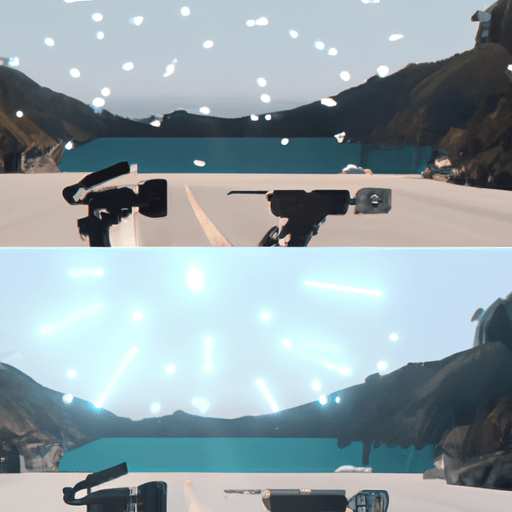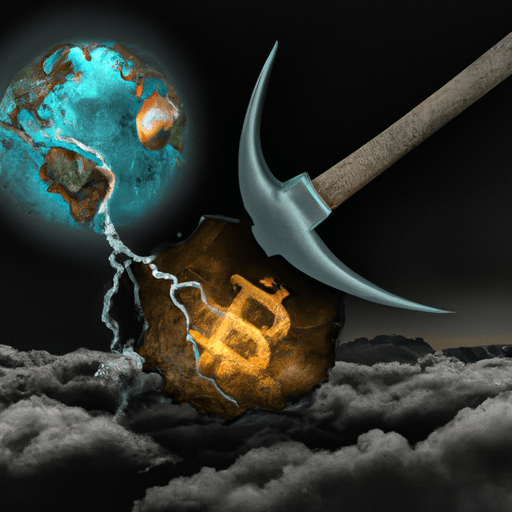The Impact and Influence of Extraterrestrial Imagery in Classic Literature
Ever since the dawn of civilization, mankind has gazed upon the stars with a sense of wonder and fascination. The unknown expanses of the cosmos have always piqued our collective curiosity, leading us to weave tales of extraordinary journeys and unearthly beings. This universal allure of the undiscovered and the uncharted continues to permeate through our cultural consciousness, particularly in the realm of classic literature.
Depiction of Outer Space and Alien Life Forms
Several renowned authors have used the medium of literature to express their interpretations of outer space and extraterrestrial life. For instance, H.G. Wells’s ‘The War of The Worlds’ instilled a sense of dread and fear about alien civilizations, describing them as colossal, ruthless beings bent on enslaving humanity. In contrast, Arthur C. Clarke's 'Childhood's End' painted a more benevolent picture of extraterrestrial beings, who guide humanity to a utopian future.
The Symbolic and Metaphorical Significance
The narratives are often nuanced with a multitude of subtexts. Outer space elements are often used symbolically to depict the limitations and the insignificance of human existence in the grand cosmic scheme. They also serve as metaphors for human fears, hopes, and exploration of our own potential. For instance, Ray Bradbury’s ‘The Martian Chronicles’ utilized Martian landscapes not as mere setting but as a metaphorical mirror to highlight the follies and problems of human civilization.
The Evolution of Extraterrestrial Imagery in Literature
The usage of extraterrestrial imagery in classic literature has seen a noticeable evolution. Earlier works usually depicted outer space and extraterrestrial beings as inherently threatening and hostile. This was reflective of mankind's initial fear and uncertainty of the unknown. Over time, as our understanding of conceptual astrophysics grew, so too did our depiction of the cosmos. Space began to be seen as a realm of infinite possibilities and became a backdrop for writers to explore complex ideas and philosophies. The transformation of outer space from a place of danger to one of endless possibilities denotes our collective maturity and growth in understanding the universe.
The Effects on Readers
The alien landscapes painted on literary canvases have significantly influenced readers' perceptions and understanding of outer space and extraterrestrial life. These otherworldly narratives have played role in igniting humanity's collective curiosity and interest in space exploration. They have also forced us to grapple with philosophical questions about our existence and purpose.
Conclusion
In essence, the extraterrestrial narratives in classic literature reflect our intrinsic fascination with the unknown. They intertwine our fears, hopes, introspections, curiosities, and yearning for discovery. Much like the universe itself, these narratives continue to expand and captivate our collective imagination, encouraging us to look beyond our mundane existence, towards the star-studded unknown.
















Comments
Leave a Comment